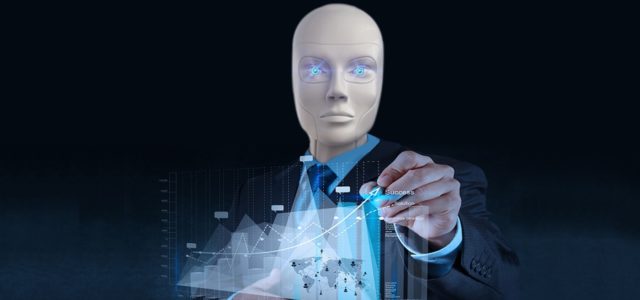As we have pointed out in one of our last posts, we have started a peer group process with Process Industries VPs from Innovation, Marketing and Sales: “Digital Transformation – What it really means at the VP level”. This is a topic of the moment. Firstly, major management consulting companies such as The Boston Consulting Group are moving their research focus from “Why Digital Transformation” to “Making it happen” (see e.g. HERE ).
And secondly, we have received high levels of interest: In a matter of days, companies from Chemicals, Paints, Health&Nutrition, Oils&Additives, Adhesives, Food, Dairy, Beverage and Life Science companies have lined up for participation.
Why we need to translate Digital Transformation to Action
One of the first jobs to be done is to state what Digital Transformation (also, mainly in Discrete Manufacturing industries, called “Industry 4.0”) should mean.
Our experience, which ultimately triggered this peer group process, is that there are three main problems:
- Currently, managers don’t yet get it. There’s no fault here – they made their careers in the “atoms” world, not in the “bits” world.
- Existing KPIs and governance are tuned to “run the business” not on “change the business”. In other words, managers are acting consistent with the system if they do not “experiment”. And who will take responsibility, if the Big Data suggestion on stocks in the supply chain turns out to be wrong?
- VPs from Innovation, Marketing and Sales and their peers from IT don’t have a common language for discussion Digital Transformation. We aim to equip the conversation.
Our definition approach: Business first, technology second
We have found that a good starting point is to clearly state what Digital Transformation is NOT and to provide a business-centric framing:
Digital Transformation is …
- NOT about finding applications for IT in the categories of Mobile / Augmented Reality, Cloud, Big Data Analytics, Internet of Things (including Additive Manufacturing, e.g. 3D Printing, RFID, …)
- NOT about becoming better in x by y%
- About re-imagining and re-designing the business: Customer experience, value propositions and value delivery, underlying business models / products / services, operations, innovation and how the business is tied to the outside world.
We find this approach to be highly relevant since it puts “business first, technology second”.
And because all the factors that are involved in the Transformation process (e.g. Digital strategy, organizing for Digital Transformation, how to bring the organization along and engage new partners and ecosystems, etc.) can be deduced from placing value generation at the heart.
Read more by Frank Mattes, here
Article by channel:
Everything you need to know about Digital Transformation
The best articles, news and events direct to your inbox
Read more articles tagged: Featured, Frameworks






